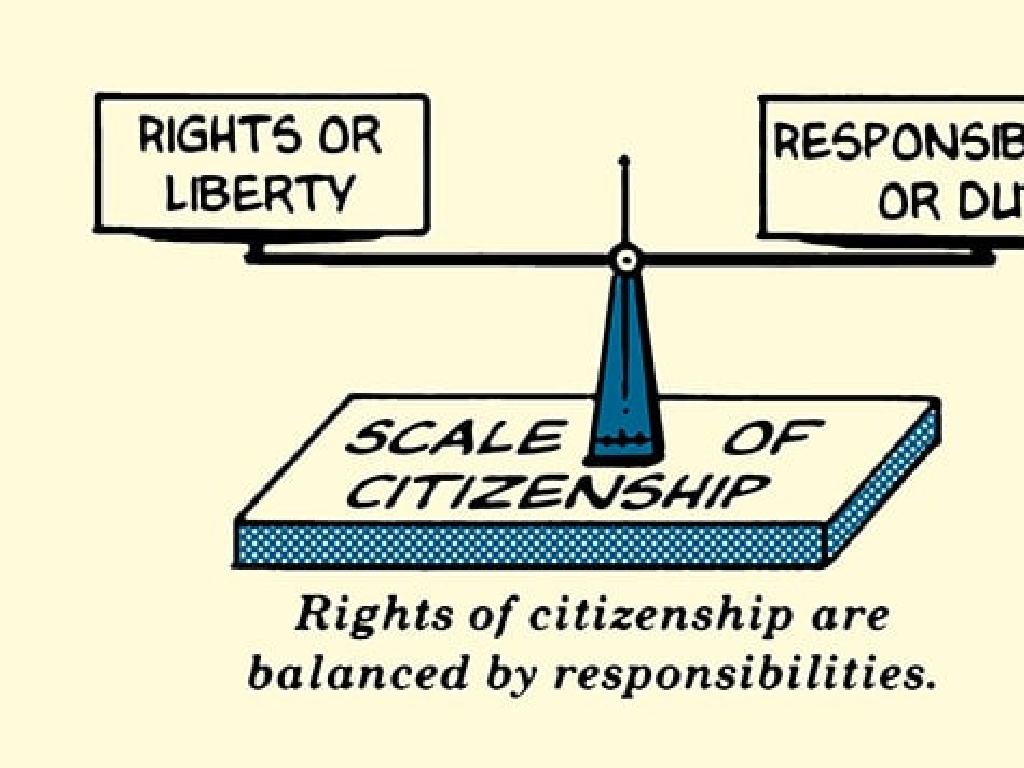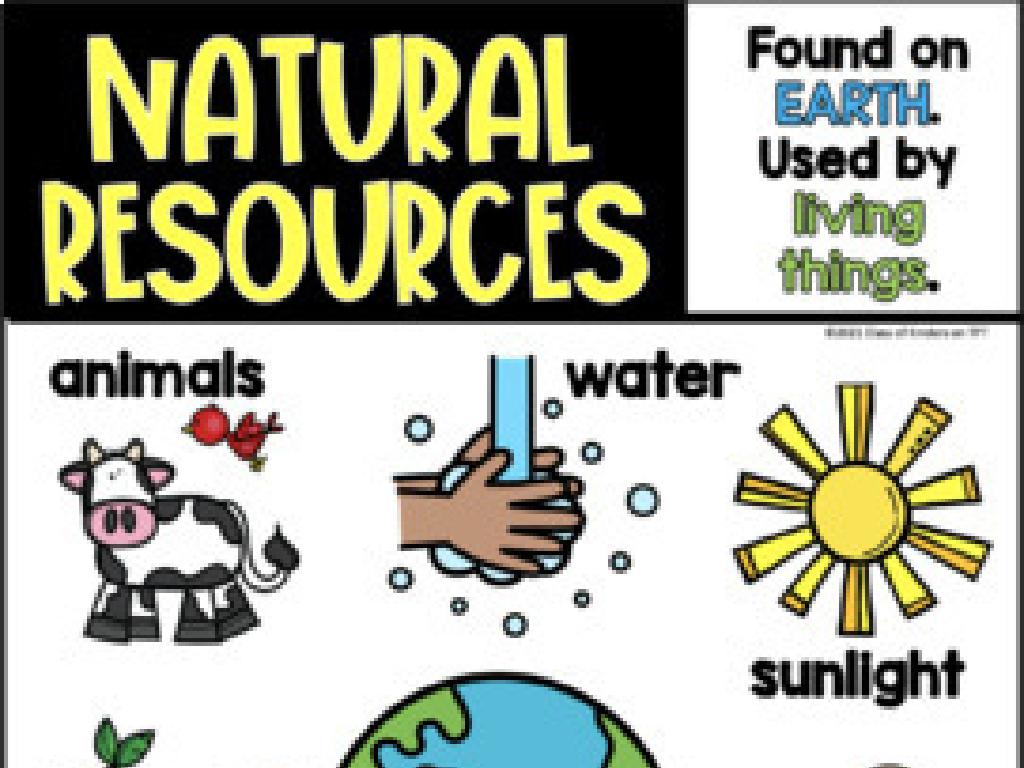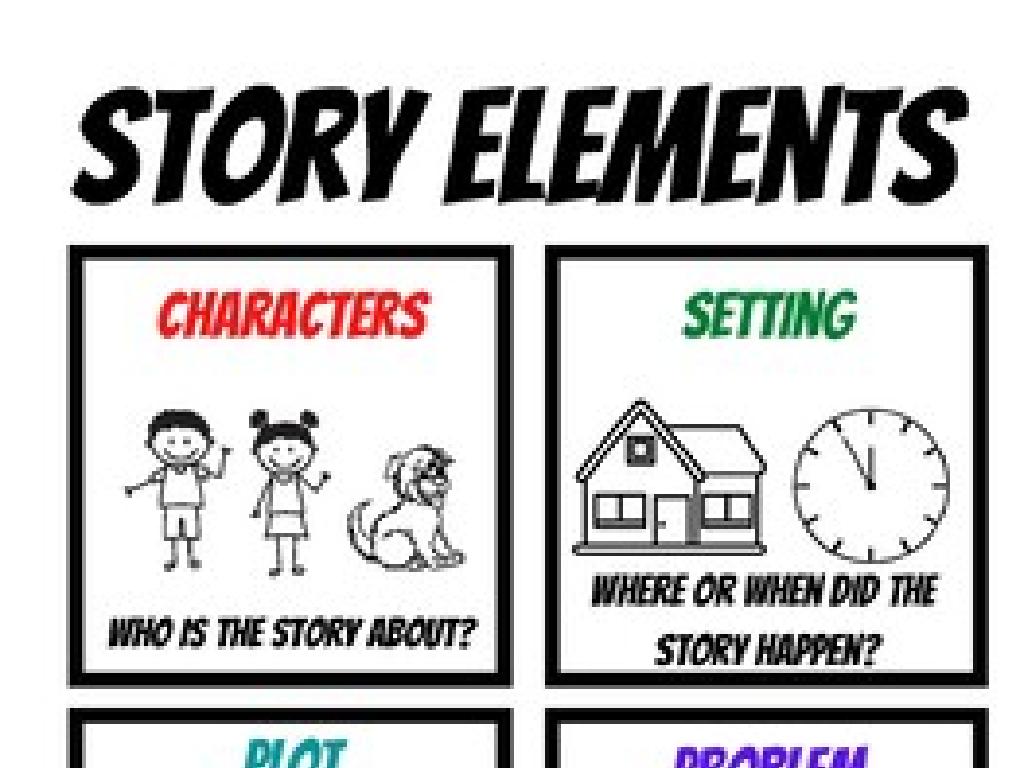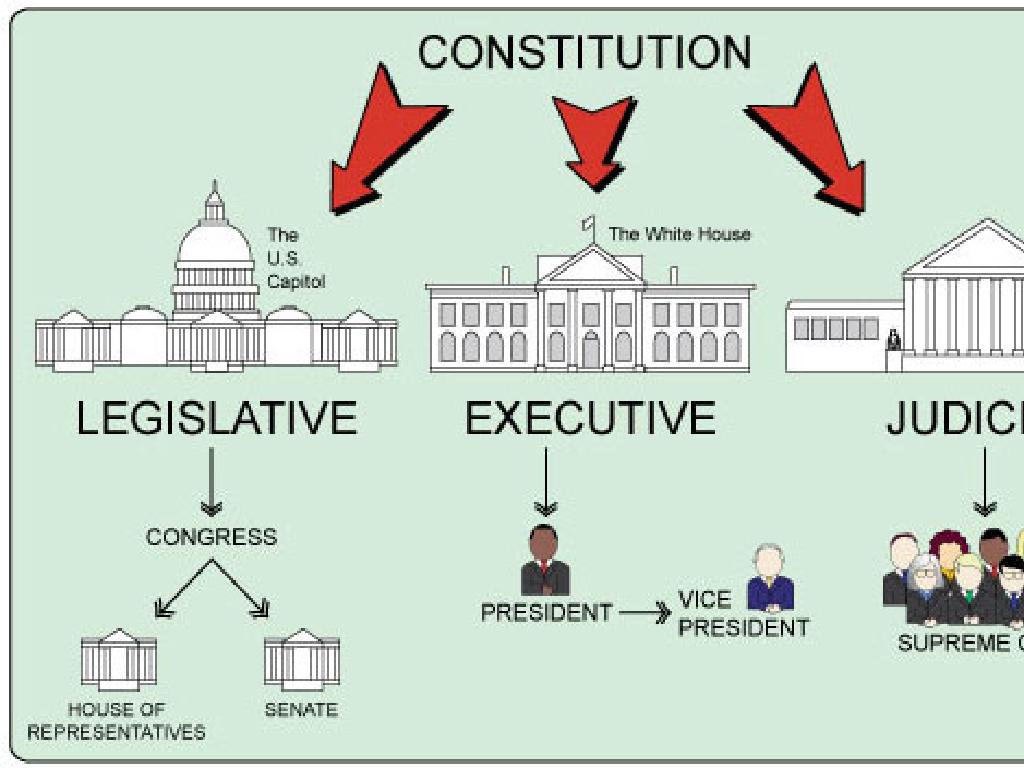Combine Sentences Using Relative Clauses
Subject: Language arts
Grade: Eighth grade
Topic: Phrases And Clauses
Please LOG IN to download the presentation. Access is available to registered users only.
View More Content
Combining Sentences with Relative Clauses
– Understanding sentence structure
– What are relative clauses?
– Clauses that describe nouns, starting with who, whom, whose, which, or that.
– Combining sentences smoothly
– Use relative clauses to connect ideas without making sentences too choppy.
– Enhancing writing with clauses
– Linking ideas with clauses makes writing more engaging and fluid.
|
This slide introduces the concept of relative clauses and their role in sentence construction. Begin by discussing the basic elements of sentences to ensure students have a solid foundation. Explain that relative clauses are a type of dependent clause that provide additional information about a noun, and they often begin with relative pronouns like ‘who,’ ‘whom,’ ‘whose,’ ‘which,’ or ‘that.’ Demonstrate how combining sentences using relative clauses can make writing smoother and more coherent, avoiding the choppiness of multiple short sentences. Provide examples of sentences that can be combined using relative clauses, and encourage students to practice this skill to enhance their writing. The objective is to help students learn to link ideas in a way that flows naturally and maintains the reader’s interest.
Understanding Clauses in Sentences
– Define a clause
– A clause is a group of words with a subject and a verb.
– Independent vs. dependent clauses
– Independent clauses can stand alone; dependent clauses cannot.
– Examples of independent clauses
– ‘She dances’ is an independent clause.
– Examples of dependent clauses
– ‘Because she was happy’ is a dependent clause.
|
This slide introduces the concept of clauses, which are the building blocks of sentences. Start by defining a clause and then explain the difference between independent and dependent clauses. Independent clauses express a complete thought and can stand alone as a sentence, while dependent clauses do not express a complete thought and cannot stand alone. Provide clear examples for each to illustrate the difference. Encourage students to create their own examples and to identify clauses in sentences they encounter in their reading.
Combining Sentences with Relative Clauses
– Understanding Relative Clauses
– A relative clause gives extra information about the noun.
– Connection to Main Clauses
– They act as a bridge, linking details to main ideas.
– Using Relative Pronouns
– ‘Who’ for people, ‘which’ for things, ‘that’ for both.
– Examples in Sentences
– ‘The student, who studied hard, aced the test.’
|
This slide introduces the concept of relative clauses, which are used to combine sentences for more complex and informative expressions. It’s crucial to explain that relative clauses provide additional information about a noun without starting a new sentence. They are dependent clauses that need to be connected to a main clause. Relative pronouns like ‘who’, ‘whom’, ‘whose’, ‘which’, and ‘that’ are used to introduce these clauses. Provide examples to illustrate how each pronoun is used in context. For instance, ‘The cake, which was delicious, was eaten quickly.’ Encourage students to create their own sentences using relative clauses to enhance their writing skills.
Combining Sentences with Relative Clauses
– Why combine sentences?
– Combining sentences adds clarity and depth to writing.
– Use relative clauses for details
– Relative clauses begin with who, whom, whose, which, or that.
– Avoid run-on sentences
– Run-ons are two sentences joined without punctuation or conjunction.
– Prevent sentence fragments
– Fragments lack a subject or verb, failing to form complete thoughts.
|
This slide introduces the concept of using relative clauses to combine sentences, which enhances writing by adding detail and preventing confusion. Explain that relative clauses, which provide additional information about a noun, can help avoid run-on sentences and sentence fragments. Run-on sentences occur when two independent clauses are incorrectly joined without proper punctuation or conjunctions, while sentence fragments are incomplete sentences that lack a subject, verb, or complete thought. Use examples to illustrate how relative clauses can effectively combine sentences to improve the flow and coherence of writing. Encourage students to practice identifying and correcting run-ons and fragments in their writing.
Enhancing Sentences with Relative Clauses
– Define relative clauses
– Clauses starting with who, whom, whose, which, that
– Analyze their function in sentences
– They provide additional information without starting a new sentence
– Group practice on identifying clauses
– Work together to find relative clauses in example sentences
– Discuss the impact on sentence structure
– How do these clauses change the flow and detail of our writing?
|
This slide aims to deepen students’ understanding of relative clauses and their role in sentence construction. Begin by defining relative clauses and the relative pronouns that introduce them. Explain how these clauses add extra, non-essential information to sentences, making them more informative and fluid. During group practice, provide sentences and have students identify the relative clauses. Discuss as a class how these clauses enhance the sentences, focusing on the added detail and how they can help avoid choppy sentences. Encourage students to think about how relative clauses can make their writing more engaging and nuanced.
Your Turn: Crafting Complex Sentences
– Combine sentences with relative clauses
– Use ‘who’, ‘whom’, ‘whose’, ‘which’, ‘that’ to connect ideas
– Pair up and share your sentences
– Exchange ideas and learn from each other’s sentences
– Discuss sentences as a class
– Analyze the structure and flow of combined sentences
– Understand the use of relative clauses
|
This slide is an interactive class activity designed to help students practice combining simple sentences using relative clauses. Start by explaining that relative clauses begin with relative pronouns like ‘who’, ‘whom’, ‘whose’, ‘which’, or ‘that’ and provide additional information about a noun. Encourage students to take simple sentences and combine them into one complex sentence using appropriate relative clauses. After creating their sentences, students should pair up to share and discuss their work, providing an opportunity for peer learning. Conclude with a class discussion to review and analyze the sentences, emphasizing how relative clauses enhance sentence complexity and detail. Provide guidance and examples as needed, and ensure that each student has a chance to participate in the discussion.
Class Activity: Crafting Stories with Relative Clauses
– Form groups for story creation
– Incorporate relative clauses in your story
– Use clauses that begin with who, whom, whose, which, that
– Present your story to the class
– Discuss the relative clauses used
– Analyze how relative clauses combine sentences
|
This activity is designed to help students practice using relative clauses in a creative context. Divide the class into small groups and instruct them to write a short story that includes several examples of relative clauses. These clauses should connect ideas and provide additional information about the subjects of their sentences. After writing, each group will present their story to the class, and together you will discuss how the relative clauses were used to combine sentences and add depth to the writing. Possible activities: one group can write a mystery story, another a fantasy tale, and another a historical fiction. Encourage creativity and the use of relative clauses to enhance their storytelling.
Combining Sentences with Relative Clauses
– Recap of relative clauses
– A quick overview of how relative clauses function to connect ideas
– Worksheet: Combine sentences
– Use the worksheet to practice combining sentences using relative clauses
– Exchange papers for peer review
– Swap worksheets with a classmate and give constructive feedback
– Discuss feedback as a class
– We’ll talk about the peer reviews and learn from each other
|
Begin with a brief review of the day’s lesson, focusing on the definition and use of relative clauses to combine sentences. Distribute individual worksheets with exercises for students to practice combining sentences using relative clauses. After completion, have students exchange their worksheets with a peer for review, encouraging them to provide constructive feedback on the use of relative clauses. Conclude the activity with a class discussion about the feedback received, highlighting common errors and best practices. This will reinforce the lesson and improve students’ understanding of sentence structure.
Homework: Crafting with Clauses
– Write a one-page essay
– Topic of your choice
– Include five relative clauses
– Combine sentences using who, whom, whose, which, that
– Share your essay next class
|
This homework assignment is designed to reinforce the lesson on combining sentences using relative clauses. Students are to write a one-page essay on a subject they are interested in, which encourages personal engagement with the assignment. They must use at least five relative clauses, demonstrating their understanding of how these clauses can connect ideas and add detail to their writing. In the next class, students will have the opportunity to share their essays, providing them with a chance to showcase their work and to learn from each other’s use of language. As a teacher, be prepared to offer feedback on their use of relative clauses and to highlight effective examples from student essays.
Conclusion: The Power of Relative Clauses
– Recap: Why use relative clauses?
– They connect ideas and add detail to sentences.
– Improve essays with relative clauses
– They make essays more engaging and precise.
– Open floor for questions
– Reflect on today’s learning
– Think about how you can apply this in your writing.
|
As we wrap up today’s lesson, it’s crucial to emphasize the role of relative clauses in enhancing writing skills. They serve as a tool to combine sentences and add rich detail, making written communication clearer and more interesting. Encourage students to reflect on how the use of relative clauses can turn simple sentences into more complex and informative ones, thereby improving the quality of their essays. Open the floor for any questions the students may have, and offer clarifications as needed. Finally, ask students to consider how they can incorporate relative clauses into their own writing assignments to make their work stand out.






